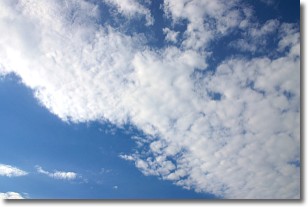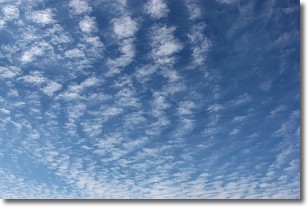Weather Alert in Colorado
Hydrologic Outlook issued May 9 at 4:06PM MDT by NWS Grand Junction CO
AREAS AFFECTED: Archuleta, CO; Delta, CO; Dolores, CO; Eagle, CO; Garfield, CO; Gunnison, CO; Hinsdale, CO; La Plata, CO; Montezuma, CO; Montrose, CO; Ouray, CO; Pitkin, CO; San Juan, CO; San Miguel, CO
DESCRIPTION: ESFGJT Risk of areal flooding and elevated stream flows from rapid snowmelt ...OVERVIEW... Mid to high elevations (8500' to 10000/) along the San Juan Mountains and along the Divide through central Colorado are susceptible to enhanced runoff and elevated stream flows from rapid snowmelt. ...TEMPERATURE... High temperatures will continue to run 5 to 10 degrees above normal through the weekend, with overnight lows remaining above freezing for mid to high elevations. This warming trend carries into Monday, resulting in highs climbing 10 to 15 degrees above normal. Said departure from normal temperatures increases from south to north. ...PRECIPITATION... Isolated to scattered showers and storms developing each afternoon favor high terrain across the southwest San Juans and along the spine of the Divide. Due to warming conditions, precipitation in the form of rain is possible as high as 10,000'. Although anticipated storm totals are low, generally 0.1" to 0.2", rain-on-snow could enhance the rate of snowmelt. ...STREAMFLOW CONDITIONS AND RUNOFF FORECASTS... Streams and rivers in the area will see elevated flows of dangerously cold water over the next several days. Low-lying areas across mountainous terrain (8500' to 10,000') could see some minor inundation from snowmelt. Stay away from fast moving water and exercise caution near riverbanks and streams. Updated weather and water products and forecasts are available from the NWS Grand Junction's website at: Www.weather.gov/gjt
INSTRUCTION: N/A
Want more detail? Get the Complete 7 Day and Night Detailed Forecast!
Current U.S. National Radar--Current
The Current National Weather Radar is shown below with a UTC Time (subtract 5 hours from UTC to get Eastern Time).

National Weather Forecast--Current
The Current National Weather Forecast and National Weather Map are shown below.

National Weather Forecast for Tomorrow
Tomorrow National Weather Forecast and Tomorrow National Weather Map are show below.

North America Water Vapor (Moisture)
This map shows recent moisture content over North America. Bright and colored areas show high moisture (ie, clouds); brown indicates very little moisture present; black indicates no moisture.

Weather Topic: What are Altocumulus Clouds?
Home - Education - Cloud Types - Altocumulus Clouds
 Next Topic: Altostratus Clouds
Next Topic: Altostratus Clouds
Similar to cirrocumulus clouds, altocumulus clouds are
characterized by cloud patches. They are distinguished by larger cloudlets
than cirrocumulus clouds but are still smaller than stratocumulus clouds.
Altocumulus clouds most commonly form in middle altitudes (between 2 and 5 km)
and may resemble, at times, the shape of a flying saucer.
These uncommon formations, called altocumulus lenticularis, are created by uplift
in the atmosphere and are most often seen in close proximity to mountains.
Next Topic: Altostratus Clouds
Weather Topic: What are Cirrocumulus Clouds?
Home - Education - Cloud Types - Cirrocumulus Clouds
 Next Topic: Cirrostratus Clouds
Next Topic: Cirrostratus Clouds
Cirrocumulus clouds form at high altitudes (usually around 5 km)
and have distinguishing characteristics displayed in a fine layer of
small cloud patches. These small cloud patches are sometimes referred to as
"cloudlets" in relation to the whole cloud formation.
Cirrocumulus clouds are formed from ice crystals and water droplets. Often, the
water droplets in the cloud freeze into ice crystals and the cloud becomes a
cirrostratus cloud. Because of this common occurrence, cirrocumulus cloud
formations generally pass rapidly.
Next Topic: Cirrostratus Clouds
Current conditions powered by WeatherAPI.com




